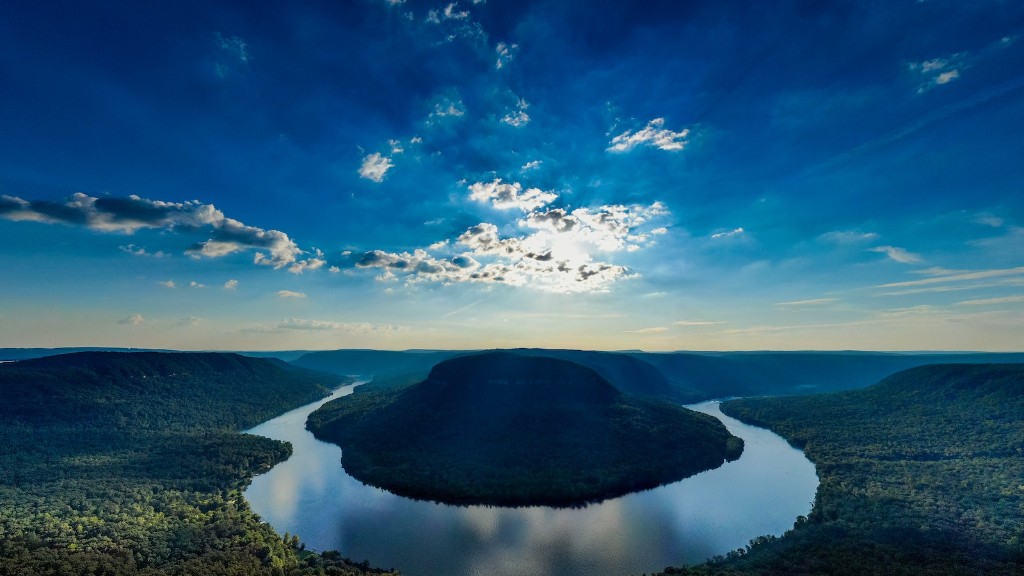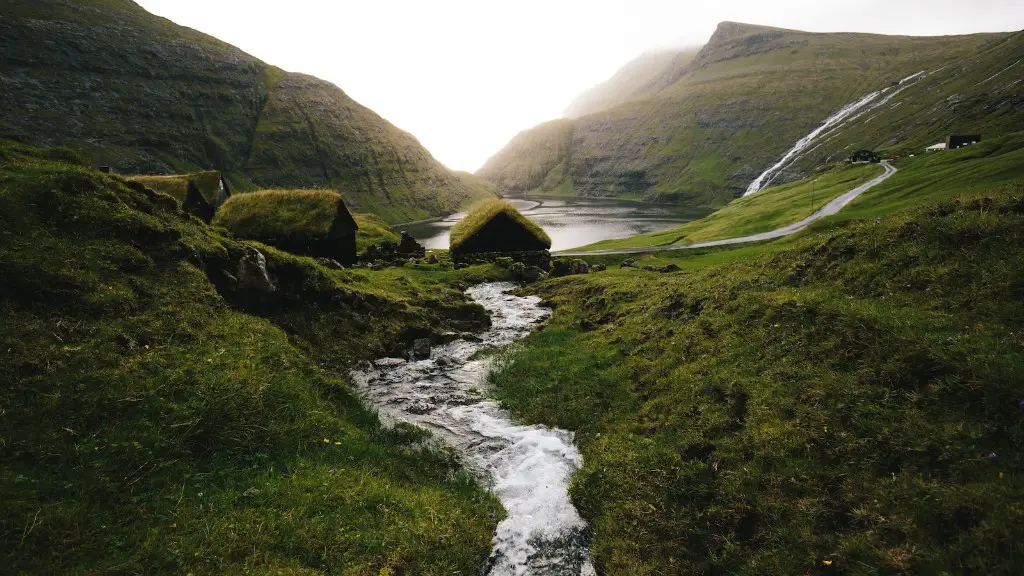background
The Mississippi River is one of the world’s largest rivers, spanning from Minnesota to Louisiana and feeding into the Gulf of Mexico. For centuries, it has been an integral part of the region’s economic and environmental health, providing much-needed water for agriculture and energy development, with profound impact on human civilization and wildlife. In the past two decades, the river has been drying up due to a variety of factors, from inadequate flood mitigation measures to climate change and over-exploitation of the river’s resources by industry.
Effects of Deforestation and Flood Mitigation Measures
One of the primary causes of the Mississippi River’s drying up is due to the deforestation of the river’s watershed. Trees play an important role in regulating the flow and water levels of the Mississippi River by capturing and storing rainwater, controlling runoff, and slowing the velocity of the water. Without these trees in place, the runoff from the surrounding land increases, resulting in the rapid decline of water levels in the river.
Furthermore, flood mitigation efforts by the government, such as constructing dams, have also played a role in drying up the Mississippi River. These dams capture stormwater, which reduces the amount of freshwater that is released from the river to adjacent ecosystems. Thus, the reduced flow of water reduces the water levels in the Mississippi, leading to its eventual drying up.
Over-Exploitation of Resources
In addition to deforestation and flood mitigation measures, the river has also been drying up due to over-exploitation of its resources by industry. Industries such as energy, manufacturing, and agricultural production are consuming an increasing amount of water from the Mississippi for their own purposes, leading to a decrease in the river’s water levels. According to a report by the U.S. Geological Survey, industries have diverted approximately 36 percent of the Mississippi’s water for their private use, resulting in the extremely low levels of flow in the river.
Climate Change
Climate change is yet another key factor in the drying of the Mississippi River. As temperatures increase, evaporation accelerates, leading to a decrease in water levels. In addition, hotter temperatures mean that more creeks and streams will dry up and reduce the amount of freshwater flowing into the river. This, in turn, leads to a decrease in the water levels of the Mississippi.
The combined impact of these factors has led to an alarming decrease in the water levels of the Mississippi River, which has had a devastating effect on the region and its economy. Furthermore, the diminishing water levels also threaten various ecosystems and wildlife, as access to fresh water is vital for their survival.
Agriculture and Economy
The Mississippi River’s drying up has had a profound impact on the region’s agricultural industry. With the decreasing water levels, farmers have been unable to access the necessary water for their crops, resulting in losses in the billions of dollars. This, in turn, has had a ripple effect on the region’s economy, as the agricultural industry is a major contributor to the state’s economic health.
The Mississippi River’s drying up has also affected the region’s tourism industry, as tourists are increasingly avoiding the region due to its lack of natural beauty. With fewer tourists, the local businesses struggle to remain afloat, leading to further economic losses.
Implications for Human Health
The Mississippi River’s drying up also has severe implications for human health. As the river dries up, it reveals pollutants and waste products buried in the sediment of the river. This can lead to water contamination, which can have serious health implications, especially when it comes to the spread of waterborne diseases. Furthermore, the diminishing water levels also affect the river’s ability to act as a buffer against flooding, which can lead to a greater risk of flooding in the surrounding areas.
Wildlife Impact
The Mississippi River’s drying up is also taking a massive toll on the region’s wildlife, particularly aquatic species. As the river dries up, it reduces the amount of habitat available for aquatic animals, leading to a decrease in their numbers. Furthermore, the diminishing water levels reduce access to food and oxygen, further endangering the river’s wildlife.
Solutions
Given the dire situation, conservationists and experts are advocating for increased protection and restoration of the Mississippi River. This includes incorporating sustainable flood mitigation measures, restoring the river’s riparian vegetation, and reducing the amount of water diverted by industry. Furthermore, it is also essential to reduce the impact of climate change and tackle deforestation in order to protect the Mississippi River’s natural environment.
Restoration Projects
In recent years, there have been a number of projects and initiatives launched to protect and restore the Mississippi River. These include the Mississippi River Reforestation Program, which is aimed at re-planting trees in the river’s watershed to regulate water flow and combat deforestation. The Mississippi River Watershed Management Program is also attempting to reduce the impact of flooding by improving conservation and extensive wetland preservation.
In addition, the U.S. Army Corps of Engineers is also undertaking a number of projects to protect and restore the Mississippi River, such as the Mississippi River Restoration Project, which seeks to restore the health of the river by reducing erosion, building new wetlands and floodplains, and reducing nutrient pollution.
Conclusion
The drying up of the Mississippi River is a serious problem that needs to be addressed with urgency in order to protect the region’s environment and economy. While there have been numerous efforts to protect and restore the river, more needs to be done in order to combat the negative effects of deforestation, over-exploitation of resources, and climate change. Ultimately, it is essential that we come together to protect this vital water source, and ensure its long-term sustainability for future generations.


